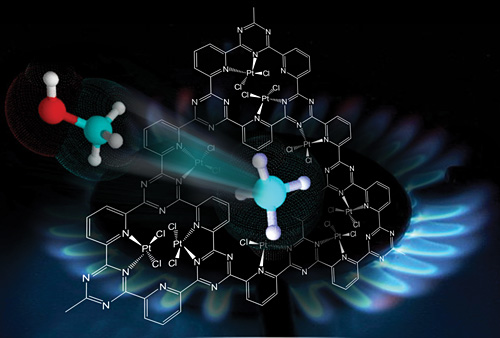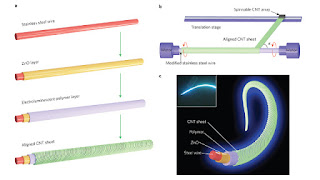
Modified Oleffin Polymerization by Strong Metal–Metal Cooperative Effects Poly olefins are created today chemically on a tremendous scale and the made polymers discover use in everything from counterfeit appendages and sustenance/therapeutic bundling to car and electrical parts and greases. In spite of the fact that polyolefin monomers are commonly shoddy (e.g., ethylene, propylene, α-olefins), the subsequent polymer properties can be drastically tuned by the specific polymerization impetus utilized, and mirror a rich exchange of macromolecular science, materials science, and physical science. For instance, direct low-thickness polyethylene (LLDPE), created by copolymerization of ethylene with straight α-olefin co monomers, for example, 1-butene, 1-hexene, or 1-octene has little. however huge levels of short alkyl branches (C2, C4, C6) along the polyethylene spine is a vital inn


